The Jedi Code
There is no emotion, there is peace
There is no ignorance, there is knowledge
There is no passion, there is serenity
There is no chaos, there is harmony
There is no death, there is the Force
My buddy Robbie over at SideQuest Fitness asked a simple question recently: “Do you even Sith?“, and my answer is very simple: “Nah, bro, I follow the Jedi Code.”
Because the Sith Code is about anger, fear, and aggression. And, well, Yoda said it better than I could: The dark side of the Force, are they.
So I wanted to take Robbie’s fall to the dark side and shine a little light (side) on it. He makes some very good points about the Sith Code and how it applies to fitness. Harnessing your anger, fear, and aggression for power and strength are perfect parallels to strength training and being motivated to better yourself instead of settling into complacency.
But the Sith, their ideals don’t fit in with the meditative kinds of fitness that work best for me (yoga, running, and other forms of endurance fitness). The past few years, I have full of anger and passion and fear.
I have been trying, though, to be a calmer, more emotionally stable person. The Jedi Code with its seeking of peace, knowledge, and harmony is the path to that.
When you’re ready, padawan, continue reading, and let your Jedi training begin.
There is no emotion, there is peace.
I used to joke that Fear and Anger from Disney’s Inside Out were my spirit animals. Lately, I joke that before I was able to find some kind of peace from my anxiety, I felt all the emotions, all the time, as much as I could feel them.
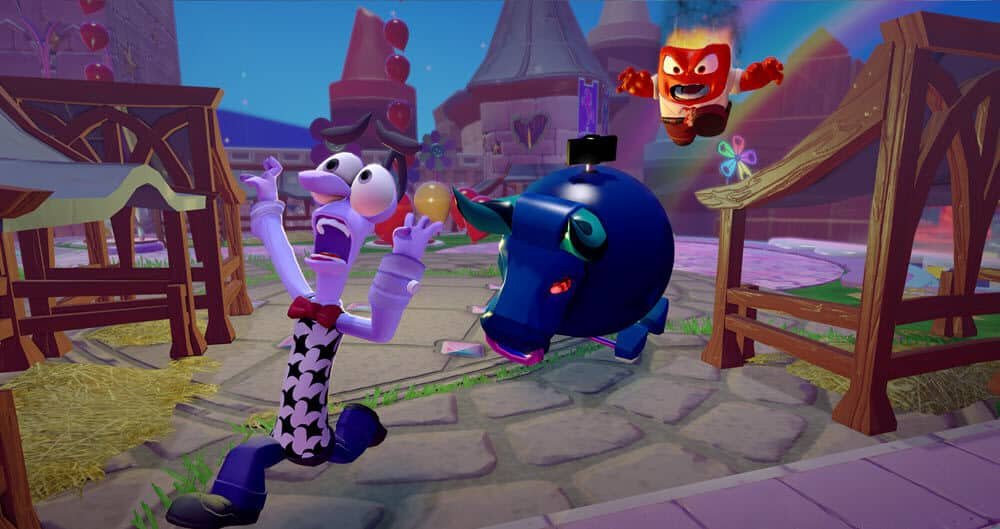
I am much calmer now.Much more at peace. And much of that path to peace involved meditation and yoga (and a fair amount of behavioral therapy and medicine, too, to be fair).
The Jedi Code teaches that by learning to sit, breathe, and calm yourself, you can to learn to deal with the fear and anger that try to overwhelming you. Sitting in the discomfort of those emotions raging inside you can help find the center of peace that’s always there.
Understand that over time, having heightened emotions and stress levels can increase tension and adrenal fatigue. My counselor warned me about this because of how consistent my anxiety had been, and we worked together to help me learn how to relax — I did not know how to really do that before.
Just like the code states, when you’re able to overcome the emotions rampaging through your mind, you will be able to find peace. Regular meditation and yoga can help with finding that peace.
Still skeptical? I was, too. Until I read 10% Happier. I’m fairly certain that Dan Harris and Joseph Goldstein are Jedi who escaped Order 66 and are hiding in plain sight.
There is no ignorance, there is knowledge.
Remember, it is the proper use of knowledge that becomes wisdom.
Just like the Jedi, once you started finding peace through meditation and yoga, you will yearn to know more about it and how to reach even greater levels of peace and contentment.
The Jedi Code says there is no ignorance because no matter what you don’t know, you can learn it. As long as you’re willing, ignorance cannot exist within you.
For me, I sought out my information on meditation like a padawan in the Jedi Temple Archives. I frantically searched for holocrons to help me pass my trials and live by the Jedi Code.
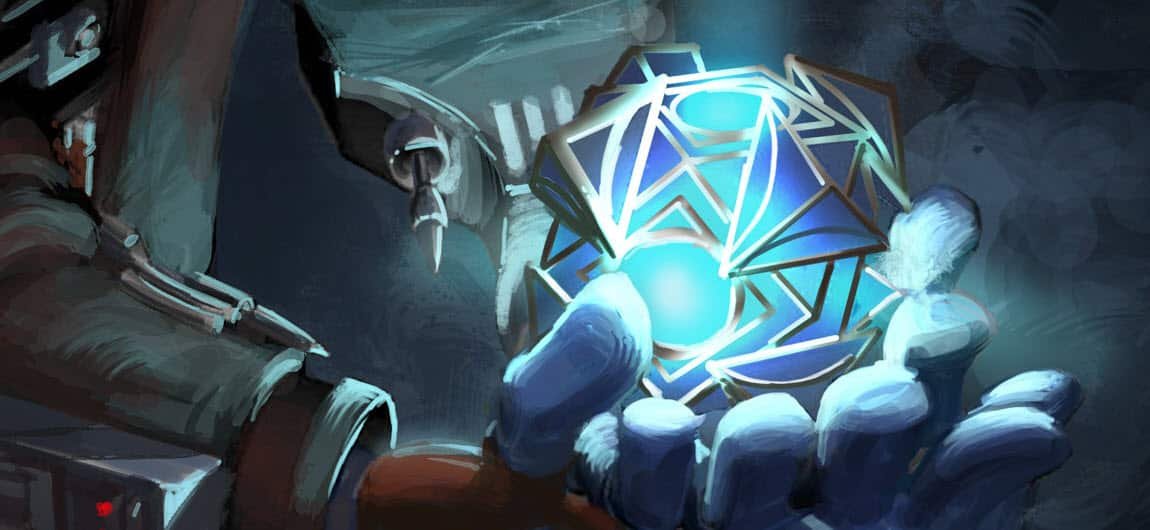
I downloaded audiobooks about Buddhism, and I read as much as I could possibly find about mindfulness and Zen. I watched documentaries about Tibetan monks, and I made sure that I was doing it right. Or as right as a newcomer to the practice could.
Like anything else, getting yourself into a better place either mentally and emotionally or physically requires you to understand how to do it right. Learning how to meditate like a Jedi is about the long-term study of the practice, not an immediate show of “mastery” as the Sith Code would have you believe.
If you’re ignorant of running, you can injure yourself badly. You can increase mileage too quickly and get overuse injuries. You can overestimate calorie burn and overcompensate by eating too much. You could have exercise-induced asthma and not know it or not know how to alter training plans.
You could do yoga and push yourself too hard and too fast, too early. You might try for handstands when you can’t do Warrior 2. You may try plow and instead of using your shoulders as a base, you use your neck.
You get it. Knowledge is always going to help your training be safer and more effective. And that’s when it turns into wisdom.
There is no passion, there is serenity.
A major tenet of mindfulness is the idea of respond, not react. The difference between the two is simple (but not easy).
Reaction is a gut instinct. You react without considering the issue at hand. Using your passion, like the Jedi Code is referring to. Responding, however, is stepping back — even if it is just for a second or two — and making a conscious decision to act in a certain way.
You take a conscious action and do not make an involuntary reaction.
It’s a simple concept that takes a very long time to learn. Meditation and mindfulness and yoga and running all teach lessons on how to adhere to this line through the idea of “sitting in discomfort.”
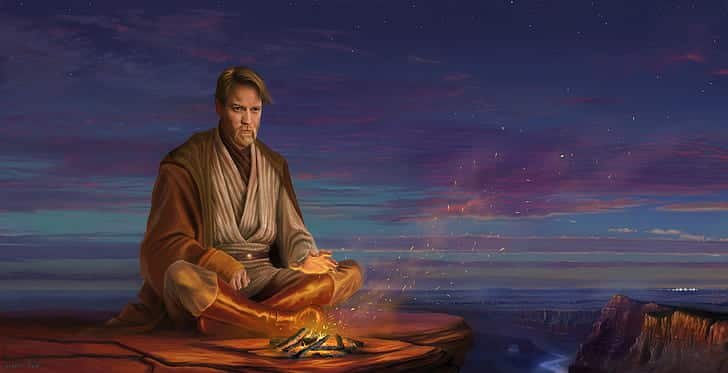
For example, running hurts. Honestly, running hurts quite a bit, and it never stops hurting.
So you have to learn to deal with that feeling, learn to differentiate between the discomfort that comes from endurance running and the pain of injury. You learn to push through the bad times to get to where it starts to feel good.
The same thing happens in yoga. Muscles burn, breath becomes ragged, and you push your body into positions that, until that very moment, you had been unable to achieve. But by sitting in that discomfort, by understanding that it is fleeting and passing, you reach the point where you become both mentally and physically stronger.
You reach a point at which what was once uncomfortable has become mundane. Even easy, pleasant, enjoyable.
Meditation is the same way. You sit. You breathe. Your mind goes crazy and active, and you do your best not to move. You have an itch. You try not to scratch it. You think about something uncomfortable, so you try to direct your attention back to your breath. Your mind keeps moving and a waterfall of emotions and thoughts cascade around you, and you are sitting in discomfort as long as you can. At first (perhaps for a long, long time), you want to explode with the anxiety and passion and emotions that are building up because of it.
Eventually, this anxiety and passion you feel become serenity. You can sit in that discomfort and really get an understanding of why you feel the way you do. You learn that, much like running, when you let the emotions pass you by, you can respond to them intelligently instead of reacting passionately.
By doing so, you bring peace to your mind. The Jedi Code teaches us that peace comes after passion because the peace has been there all along, and being able to respond to the passion instead of reacting to it can help separate the two. The passion is part of you, but what causes it is separate. The peace is within you, and you just have to sit in the discomfort of passion long enough to disconnect from it.
There is no chaos, there is harmony.
When sitting for meditation, running a distance race, cycling a Century, or flowing through a vinyasa, your mind is moving frantically. You think of family drama, the cars coming toward you on the road, making dinner that night, the person in the bright yellow sneakers who passed you on the trail a few seconds ago. Maybe you get chased by a neighbor’s dog, or maybe that reminds you that you didn’t feed yours that morning.
Maybe your phone rings, or your child sends you a text message adding yet another item to their Christmas gift list. Your boss might have sent an email to you mid-run that beeps through on your Apple Watch, telling you that a deadline has been moved up and your weekend is now hers.
The world is unpredictable. The world is chaos. And you are stuck right in the middle of it.

But if you let yourself go, and you breathe, and you push those distractions out of your mind, you can notice that none of it matters. Not for the moments that you’re with yourself. For a few minutes every day, while you’re running or meditating or whatever else, that time is yours and no one else’s. Not your kids’, your bosses’, or that yappy dog next door’s.
No, the distractions and seemingly random things that are being thrown at you don’t matter. The sky is a perfect shade of blue. The birds are singing. Or maybe the Autumn leaves fall around you, and the golden rays of the sun are the perfect hue to make you smile as you finish up your run.
The Jedi Code teaches that this is the harmony found in all things. The chaos that we see around us is manufactured by other people. It isn’t ours. We are in the middle of it, and we may contribute to it, but when we break it all away, the world just works.
When separated from the hustle, the bustle, the scheduling, and the notifications, there is a very simple world around us that requires one thing of us: to live in it. We don’t get to choose our moments of harmony, and our lives mostly don’t allow for as much disconnection as we like, but when you’re given the chance: leave the chaos behind for a moment, be with yourself, and appreciate the harmony around you.
We are all a part of something much larger than ourselves, but we have to be willing to realize the small bits that lead to chaos aren’t necessarily part of that.
There is no death, there is the Force
The Jedi Code speaks about death as being non-existent because when a Jedi dies, they become one with the Force. They live on, a part of every living creature. And so will we, padawan. Every one of us has people who care about us. Whose lives we have touched in some way that we aren’t even aware. And other people have affected us, too, in ways that shape who we are and what we do in our lives.
My father’s death in 2012 prompted me to run more to avoid heart disease that plagued him. His death was a tragedy, but I made sure something good came out of it.

The legacies that we leave behind don’t have to be major. Not everyone will be an Einstein or a Shakespeare. Not everyone should be, either. Saying kind words to someone on their worst day may be your legacy because you might have made them feel connected to another person for the first time. Giving a hug to a child, sharing your milkshake with a friend, sending a GIF of support to an acquaintance on Twitter shows the connection between us all.
And when we’re gone, it won’t be monuments that most of us leave behind. It won’t be skyscrapers or statues or monoliths. What we leave behind, we leave behind with other people. Kindness, compassion, and a love that most of us don’t even know that we’ve spread.
But someone else does. Someone else will. That’s what the Jedi Code is teaching here. The Force is strong with us because instead of focusing on ourselves, we focus on other people.
To mix metaphors here and quote Hamilton: An American Musical: “What is a legacy? It’s planting seeds in a garden you never get to see.”
Maybe Alexander Hamilton was a Jedi, too. Because while we never get to see the seeds we plant in our gardens, by following the Jedi Code, we can not only make our lives better, but those of others as well.
May the Force be with you
So while running, yoga, and meditation may seem like self-beneficial acts, they aren’t wholly that. They enlighten us so that we’re not only bettering ourselves, but also others. The better we can be to ourselves, the better we can be to others.
The Jedi were guardians, protectors, and scholars. They were defenders against the Dark Side because the Sith Code teaches about the acquisition of power for the strength of self. The Jedi Code, however, teaches that through training and practice, one can become not only stronger, fitter, and more whole as an individual, but also a strong part of something larger, a member of a community, and leave a lasting impression on the world long after they’re gone.
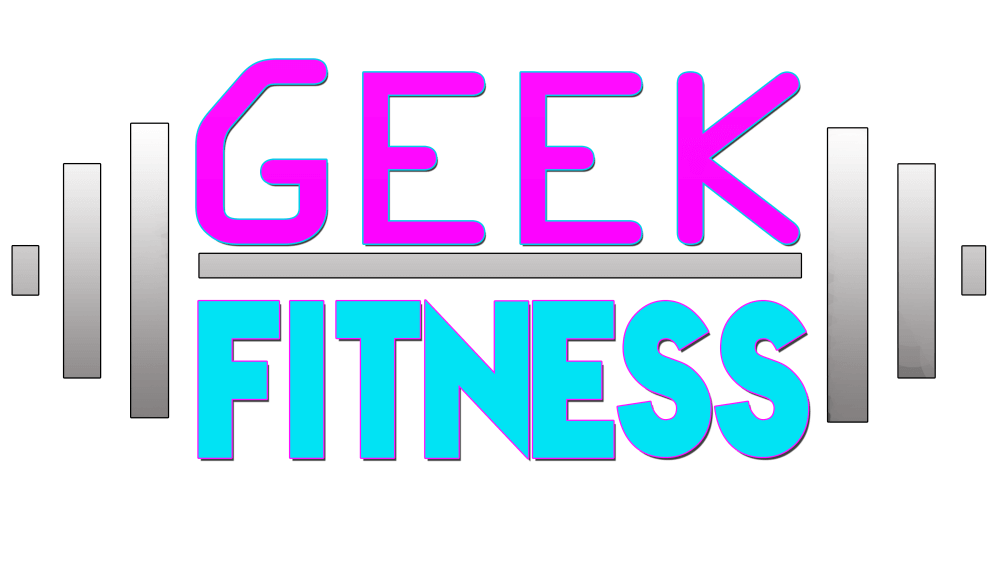
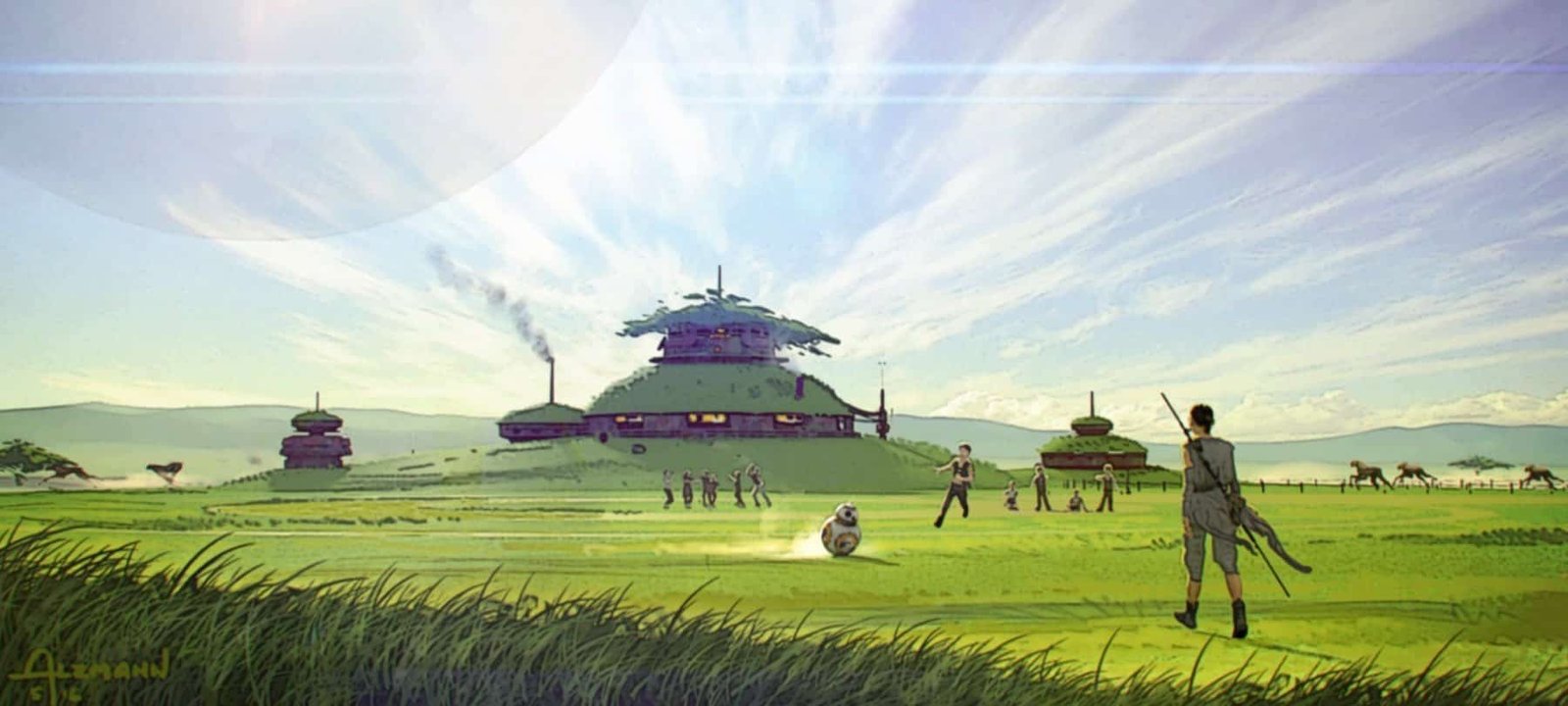

0 Comments